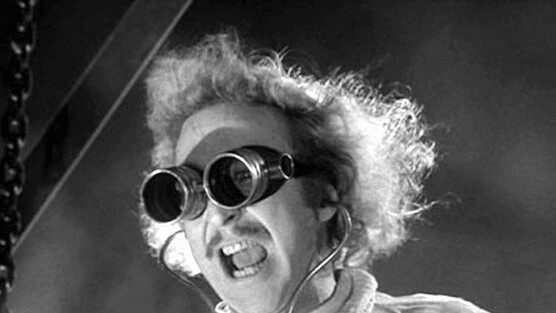
If you don’t finish reading this article it may never be written.
If that’s not incentive to abandon a boring news piece, we’re not sure what is.
A team of researchers from Australia recently published a new take on Wigner’s Friend that’s pretty mind-blowing. At the risk of sounding hyperbolic: this might be the most exciting quantum physics theory since Schrodinger’s Cat.
Wigner’s Friend is a theory posited by Eugene Wigner in 1961. A really dumbed-down version of it goes like this:
Wigner and his friend decide to do an experiment at a quantum physics laboratory. Wigner stays outside of the laboratory and his friend goes inside. The friend’s job is to observe the velocity of an entangled particle. They conduct the experiment and determine the velocity of the particle.
Next, Wigner opens the door to the laboratory and asks for the result. Wigner’s friend gives them the result and the experiment is complete.
That might not appear to be a wild and wacky physic theory, but it’s actually way cooler than it seems.
Researchers have demonstrated through myriad quantum physics experiments that particles act differently when they’re observed. It isn’t until a particle is measured that we can determine it’s location or velocity (as particles are typically always in motion, and Heisenberg’s Uncertainty Principle tells us we cannot know both at the same time).
So, when Wigner’s friend measures the particle, they’re theoretically changing its quantum state. In other words: until Wigner’s friend opens the box, the cat is considered both dead and alive.
The particle (or cat) isn’t the only thing in the experiment that’s entangled. Wigner and his friend are also theoretically entangled.
This results in a situation where Wigner can know the velocity of a particle that nobody has ever seen because his friend observed a particle that was entangled with it. Cool right?
The Australian team didn’t quite buy it. They decided to expand the experiment to include more observers and, in doing so, appear to have disputed some long-standing beliefs about physical reality.
Per their paper:
Here, by building on a scenario with two separated but entangled friends introduced by Brukner, we prove that if quantum evolution is controllable on the scale of an observer, then one of ‘No-Superdeterminism’, ‘Locality’ or ‘Absoluteness of Observed Events’—that every observed event exists absolutely, not relatively—must be false.
This tells us that god probably does play dice with the universe. In other words, the idea that whatever is going to happen was going to happen whether we observed it or not might be bunk.
There’s a few possible explanations for this. Perhaps we’re not taking Einstein literally enough, in that relativity could allow for a constant “truth” with mutating variables. In other words: maybe the universe is even more relative than even Einstein posited.
Another interesting possibility is the multi-worlds theory. Over the years, the idea that objects exist in multiple universes simultaneously, with all possible outcomes occurring across them, has become less fringe.
In this instance, multi-worlds could explain disparate measurements between entangled observers. But it does ask a lot more questions about the nature of entanglement than it answers.
You can check out the entire paper here.
Get the TNW newsletter
Get the most important tech news in your inbox each week.




